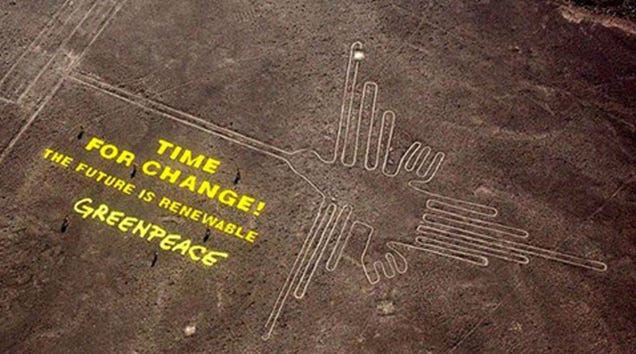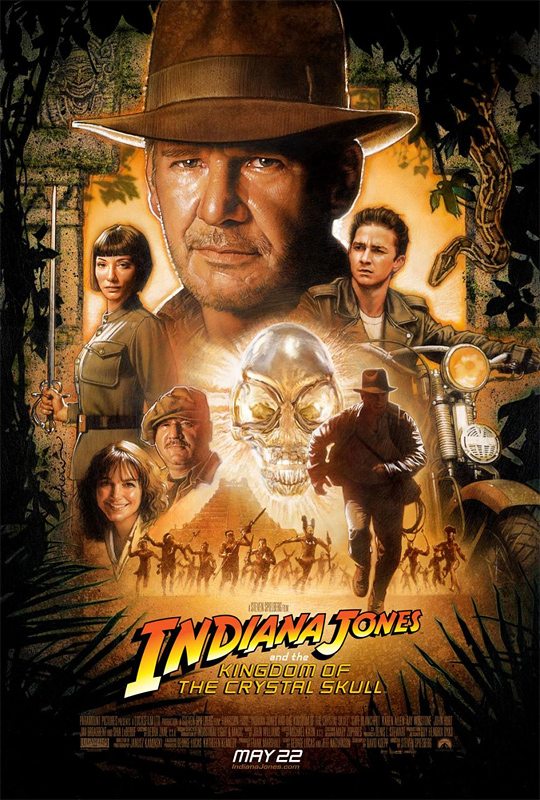The Burns Paiute tribe, whose ancestral lands are occupied by protesters at the Malheur National Wildlife Refuge, have asked officials to prosecute the armed activists for potential damage to sacred sites and historical artifacts.
By Molly Jackson
For the nearby Burns Paiute tribe, however, much more is at stake: 4,000 tribal artifacts, maps, and hundreds of sacred sites that they fear may be damaged or carted off for profit while their ancestral lands remain under the control of armed activists who see loggers and ranchers, not Native Americans or the federal government, as the land's rightful owners.
"As far as I'm concerned, our history is just another hostage," Paiute Tribal Council Chairwoman Charlotte Rodrique told the Associated Press.
After weeks of speaking out against the occupation, the tribe has written a letter to the US Fish and Wildlife Service (FWS), which manages the refuge, asking that the Citizens for Constitutional Freedom, as the occupiers are now calling themselves, be prosecuted for any damage to federally protected artifacts. A copy was also sent to the US Attorney for the state of Oregon, Billy Williams, according to the AP.
By Justin Streight
“Armed protestors don’t belong here. They continue to desecrate one of our most important sacred sites. They should be held accountable.”
Tribal council member Jarvis Kennedy highlighted one particular fear—that the artifacts could end up for sale.
“They could be on eBay right now—we don’t know. With militia members coming and going freely from the refuge, who knows what’s leaving there?”
Oregon Wildlife Refuge Occupiers Rifle Through Native American Artifacts
By Brendan O'Connor
Earlier this week, Burns Paiute tribal chairperson Charlotte Roderique expressed concern over how the militia was handling the tribe’s history. “We are really worried about the status of the artifacts down there,” Roderique told the Indian Country Today Media Network. (Gawker could not reach Roderique for comment.)
“I understand they took a bulldozer and built a line around the refuge headquarters,” Roderique told Indian Country Today. “You can’t go and bulldoze things. I don’t know what these people are doing if they are doing things to just get a rise or to be martyr—all they are doing is making enemies out of the people they professed to support.”
Last week, the tribe delivered a letter to the U.S. Attorney and the U.S. Fish and Wildlife Service demanding the militants’ prosecution “if the occupiers disturb, damage, remove, alter, or deface any archaeological resource on the refuge property.”
By Arturo Garcia
The video, posted on YouTube by multiple-time felon Stanley Blaine Hicks under his “Blaine Cooper” alias, shows LaVoy Finnicum walking through a storage room at the facility, saying it contains artifacts shoved into boxes.
“You can see there’s some rat’s nests in here,” Finnicum says, motioning toward one group of boxes. However, no rats are visible at any moment during the three-minute video.
“My question is, why do they just keep them down here?” Finnicum asks.
Militants Plow New Roads At Refuge, Possibly Damaging Artifacts
By Amanda Peacher
“There’s a reason why there’s not a road there,” said Foerster. “If there was a need for a road in that particular location, we would have over the past 108 years put a road in that location.”
The agency said the action is likely a violation of the Archaeological Resources Protection Act, also known as the ARPA.
“Even disturbing 3 to 4 inches on the surface is an ARPA violation,” said Holm. “Investigators will have to excavate to determine depth of disturbance in several areas to understand the extent of the damage.”
Bundy Militia Compared To ISIS For Pawing Through Native American Artifacts, Destroying Sites
By Kristina Killgrove
The Daily Kos quotes tribal council member Jarvis Kennedy as saying, “They just need to get the hell out of there. They didn’t ask anybody, we don’t want them here.” And the archaeologist for the US Fish and Wildlife Service, Carla Burnside, told ICTMN that militants released photos of themselves in her office rifling through sensitive archaeological files. Fish and Wildlife Service assistant director of external affairs, Jason Holm, further told Oregon Public Broadcasting that the road the occupiers recently bulldozed is “an archaeological site important to the Burns Paiute Tribe.” They also removed a fence that Holm said was “a deterrent to keep fire crews from driving across the archaeological site.”
The actions of the Bundy-led militia almost certainly go against ARPA, in spite of what Finicum and friends seem to think. Legal protections have been put into place over decades in the US to protect Native sites, artifacts, and burials and to help right the wrongs done to Native archaeological remains since Europeans first landed. Finicum may think he is doing the right thing in his misguided attempt to repatriate artifacts that are being stored at the refuge by choice and by design, but the Paiute vehemently disagree. And as it’s their heritage, it’s their right to rebuff Finicum and to bring federal action against the occupants who have no idea how to handle the artifacts or how to safeguard their sacred sites.
Rodrique’s quote in ICTMN sums it up for me, and for many of the people in my Twitter feed outraged by this brash disregard for the opinions of Natives: “I don’t know what these people are doing… if they are doing things to just get a rise or to be a martyr—all they are doing is making enemies out of the people they professed to support.”


%202.11.jpg)















